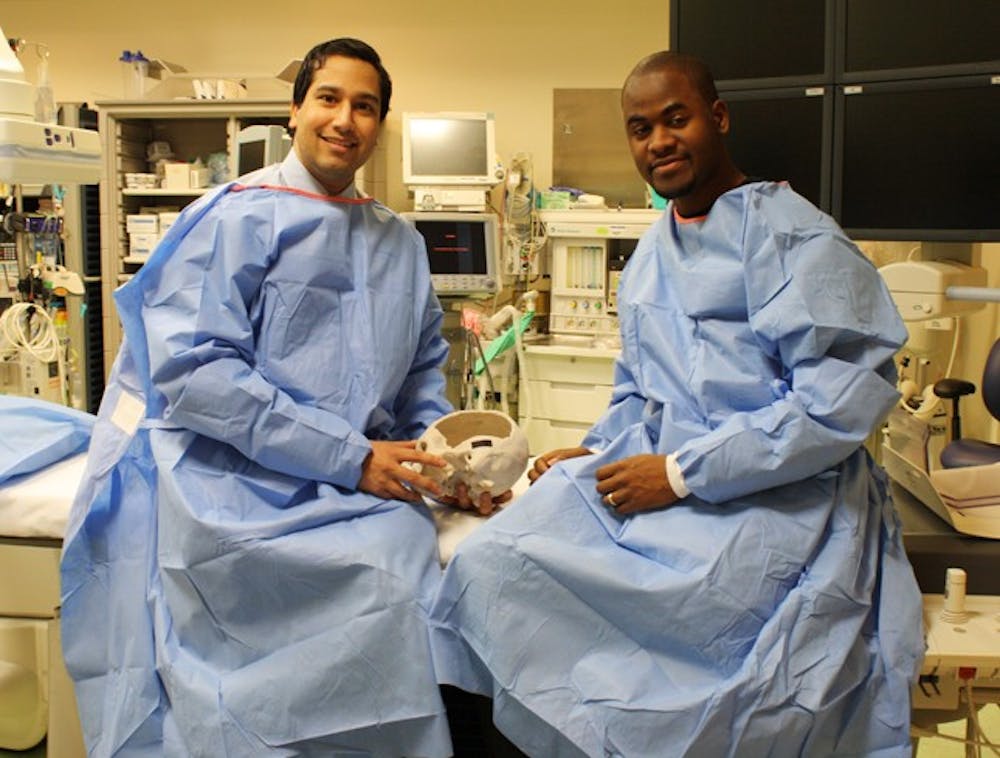Almost two years ago, a pair of UNC surgeons had a revolutionary idea for the treatment of brain aneurysms.
They wanted to go through the nose.
Merging their interests in medical technology and less invasive surgical methods, Dr. Anand Germanwala and Dr. Adam Zanation decided to remove a female patient’s aneurysm through her nose instead of the traditional open-brain surgery.
After a surgery that typically leaves patients bedridden for days, Germanwala and Zanation’s patient was walking the halls within hours.
Neither had seen such a quick recovery.
“By going through the nose, we never touched the brain—that’s the biggest advantage,” Zanation said.
The pair’s innovative surgery will be featured in the March print issue of the journal “Neurosurgery.”
Normally, surgeons have to lift the brain up because aneurysms are located underneath it. This practice is know to put pressure on the patient’s brain, which can result in damage to nerves for both vision nerves and eye movement.
With the new procedure, a 4-millimeter camera held by Zanation serves as Germanwala’s eyes, allowing him to operate on the patient. Germanwala then places a clip onto the aneurysm, which stops the bleeding.



